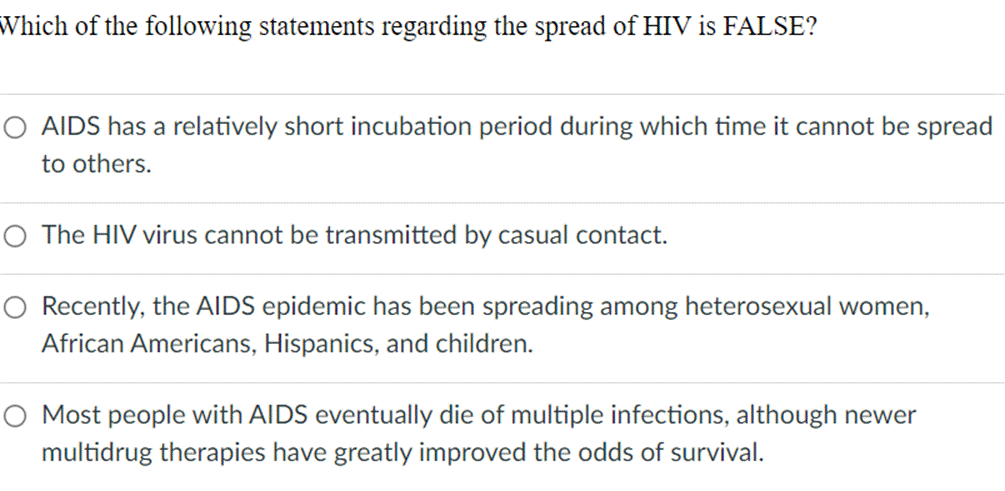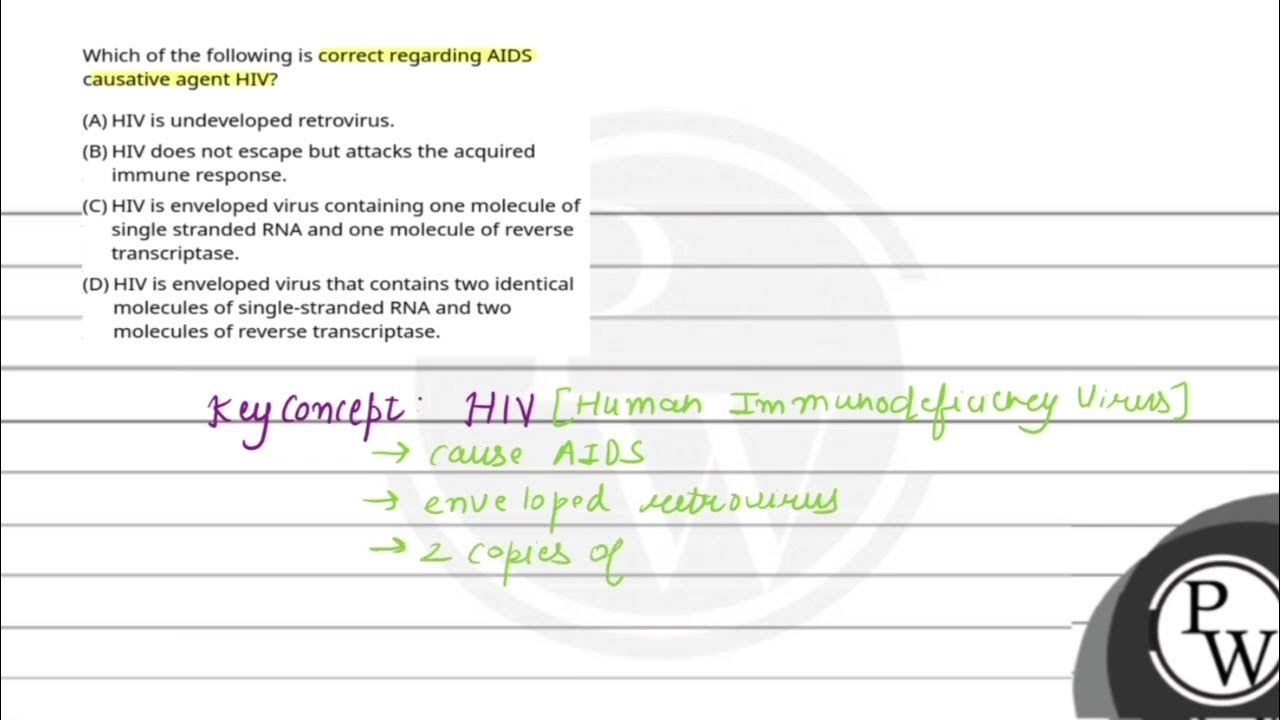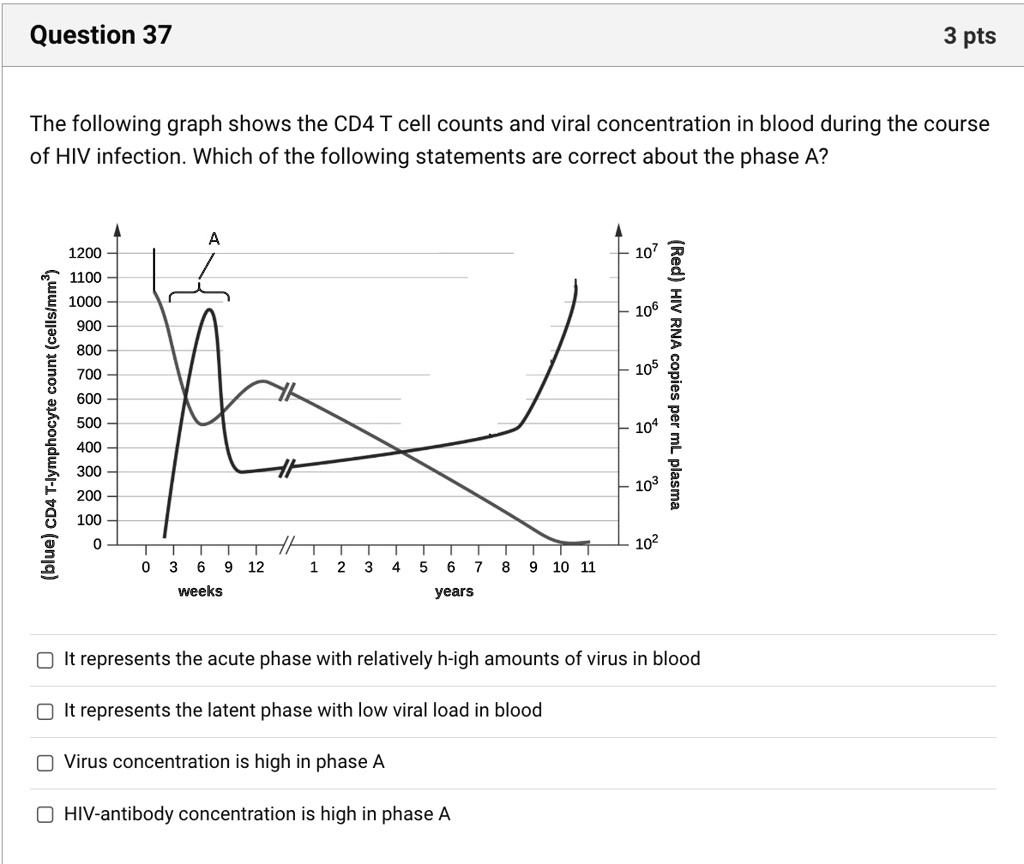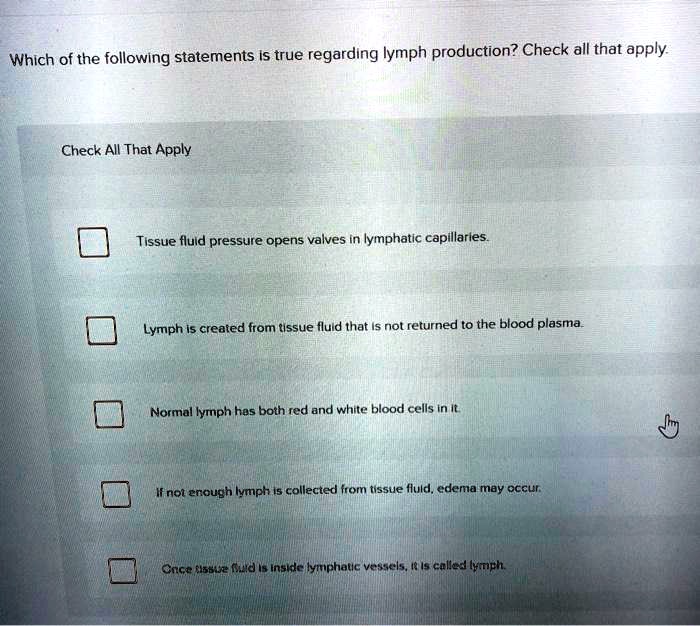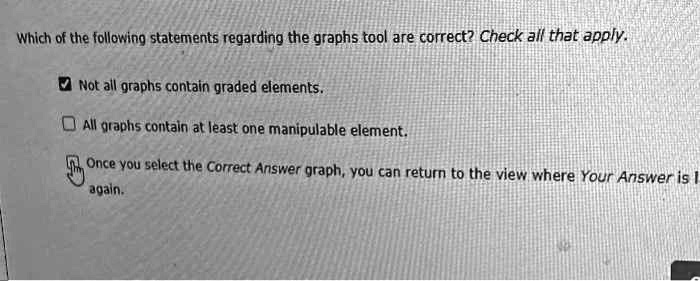Which Of The Following Statements Regarding Hiv Is Correct

Misconceptions about HIV continue to fuel stigma and hinder prevention efforts, underscoring the critical need for accurate information. A recent public health campaign aimed to address these knowledge gaps by posing a seemingly simple question: Which of the following statements regarding HIV is correct?
The exercise highlighted the pervasive misunderstandings surrounding HIV transmission, prevention, and treatment. This article will delve into the correct answer, explore the common misconceptions, and emphasize the importance of evidence-based knowledge in combating the epidemic.
Understanding the Correct Statement
The hypothetical question, "Which of the following statements regarding HIV is correct?" likely presented multiple choices designed to assess understanding of key HIV-related facts. The correct answer is crucial because it encapsulates the current scientific consensus on HIV.
While the exact choices presented in the campaign are not available, a plausible correct statement would be: "HIV can be effectively managed with antiretroviral therapy, allowing people with HIV to live long and healthy lives and preventing transmission to others."
Common Misconceptions About HIV
Many misconceptions persist, often stemming from outdated information or fear. These misconceptions contribute to stigma and discrimination, preventing people from seeking testing and treatment.
HIV Transmission Myths
One common myth is that HIV can be transmitted through casual contact, such as sharing utensils, hugging, or using the same toilet seat. This is categorically false.
HIV is primarily transmitted through specific bodily fluids – blood, semen, vaginal fluids, rectal fluids, and breast milk – and usually through unprotected sex, sharing needles, or from mother to child during pregnancy, childbirth, or breastfeeding.
Treatment and Prevention Misunderstandings
Another misconception is that HIV is a death sentence. Antiretroviral therapy (ART) has revolutionized HIV care. It allows people with HIV to achieve viral suppression, meaning the level of HIV in their blood is so low it's undetectable.
Undetectable equals untransmittable (U=U). This scientifically proven fact means that people with HIV who achieve and maintain viral suppression cannot transmit the virus to their sexual partners.
Many people also underestimate the effectiveness of Pre-exposure Prophylaxis (PrEP). PrEP, taken daily or on-demand, is highly effective in preventing HIV infection in people who are HIV-negative.
The Impact of Accurate Information
Accurate information is crucial for both individual and public health. It empowers individuals to make informed decisions about their sexual health and reduces the spread of HIV.
By dispelling myths and promoting evidence-based knowledge, we can create a more supportive and understanding environment for people living with HIV. This encourages testing, treatment, and adherence to medication.
Increased awareness of U=U and PrEP can also significantly reduce new HIV infections. It reduces the fear and stigma associated with the virus.
The Role of Public Health Campaigns
Public health campaigns play a vital role in disseminating accurate information about HIV. These campaigns utilize various platforms, including social media, community outreach programs, and educational materials, to reach diverse audiences.
By addressing specific misconceptions and promoting evidence-based knowledge, these campaigns can improve HIV literacy and encourage safer behaviors. The emphasis should be on empowering individuals to take control of their sexual health.
Organizations like the CDC and WHO are key in providing the most up-to-date information on HIV prevention and management. These organizations provide resources for both healthcare professionals and the general public.
Looking Ahead
While significant progress has been made in HIV prevention and treatment, challenges remain. Stigma, discrimination, and lack of access to healthcare continue to impede efforts to end the HIV epidemic.
Sustained efforts are needed to promote accurate information, address social determinants of health, and ensure that everyone has access to the resources they need to protect themselves from HIV. Continuous education is vital.
Answering the question of which statements about HIV are correct is just the beginning. A commitment to evidence-based prevention and care is the key to ending the epidemic.


